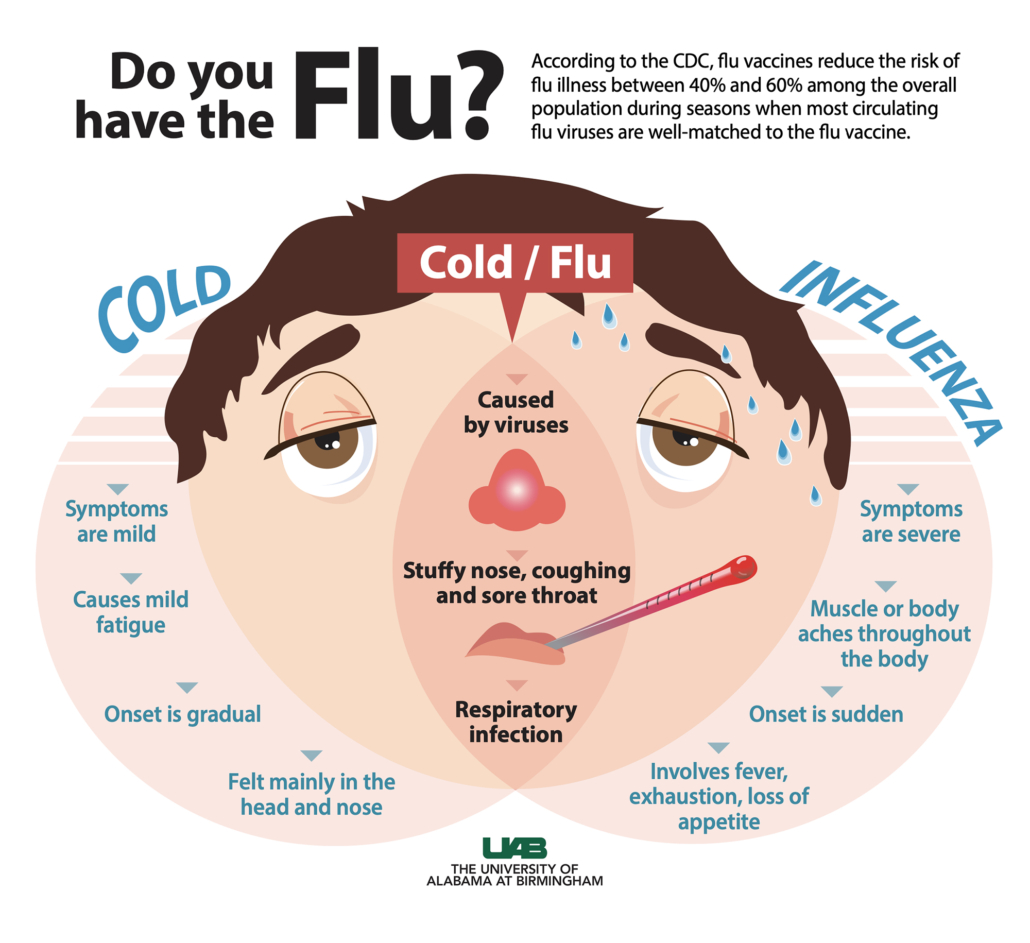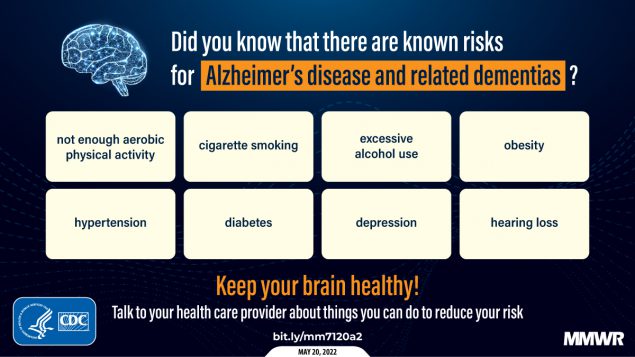Know Your Risk for High Blood Pressure

Risk factors that can increase your risk of high blood pressure include health conditions, your lifestyle, and your family history.
Some of the risk factors for high blood pressure cannot be controlled, such as your age or family history. But you can take steps to lower your risk by changing the factors you can control.
Some medical conditions can raise your risk for high blood pressure. If you have one of these conditions, you can take steps to manage it and lower your risk for high blood pressure.
Elevated Blood Pressure
Elevated blood pressure is blood pressure that is slightly higher than normal. High blood pressure usually develops over time. Having blood pressure that is slightly higher than normal increases your risk for developing chronic, or long-lasting, high blood pressure in the future.
If your blood pressure is between 120/80 mmHg and 129/80 mmHg, you have elevated blood pressure. Learn more about how blood pressure is measured.
You can take steps to manage your blood pressure and keep it in a healthy range.
Diabetes
About 6 out of 10 of people who have diabetes also have high blood pressure.1Diabetes causes sugars to build up in the blood and also increases the risk for heart disease.
Talk with your doctor about ways to manage diabetes and control other risk factors.
What behaviors increase risk for high blood pressure?
Your lifestyle choices can increase your risk for high blood pressure. To reduce your risk, your doctor may recommend changes to your lifestyle.
The good news is that healthy behaviors can lower your risk for high blood pressure.
Unhealthy Diet
A diet that is too high in sodium and too low in potassium puts you at risk for high blood pressure.
Eating too much sodium—an element in table salt—increases blood pressure. Most of the sodium we eat comes from processed and restaurant foods. Learn more about sodium and high blood pressure.
Not eating enough potassium—a mineral that your body needs to work properly—also can increase blood pressure. Potassium is found in many foods; bananas, potatoes, beans, and yogurt have high levels of potassium.
Physical Inactivity
Getting regular physical activity helps your heart and blood vessels stay strong and healthy, which may help lower your blood pressure. Regular physical activity can also help you keep a healthy weight, which may also help lower your blood pressure.
Obesity
Having obesity is having excess body fat. Having obesity or overweight also means your heart must work harder to pump blood and oxygen around your body. Over time, this can add stress to your heart and blood vessels.
Obesity is linked to higher “bad” cholesterol and triglyceride levels and to lower “good” cholesterol levels. Learn more about cholesterol.
In addition to high blood pressure, having obesity can also lead to heart disease and diabetes. Talk to your health care team about a plan to reduce your weight to a healthy level.
Too Much Alcohol
Drinking too much alcohol can raise your blood pressure.
- Women should have no more than one drink a day.
- Men should have no more than two drinks a day.
Tobacco Use
Tobacco use increases your risk for high blood pressure. Smoking can damage the heart and blood vessels. Nicotine raises blood pressure, and breathing in carbon monoxide—which is produced from smoking tobacco—reduces the amount of oxygen that your blood can carry.
What other factors increase my risk for high blood pressure?
Family members share genes, behaviors, lifestyles, and environments that can influence their health and their risk for disease. High blood pressure can run in a family, and your risk for high blood pressure can increase based on your age and your race or ethnicity.
Genetics and Family History
When members of a family pass traits from one generation to another through genes, that process is called heredity.
Genes likely play some role in high blood pressure, heart disease, and other related conditions. However, it is also likely that people with a family history of high blood pressure share common environments and other potential factors that increase their risk.
The risk for high blood pressure can increase even more when heredity combines with unhealthy lifestyle choices, such as smoking and eating an unhealthy diet.
Find out more about genetics and disease on CDC’s Office of Public Health Genomics website.
Family health history is a record of the diseases and health conditions people in your family have had. Family health history is a useful tool for understanding health risks and preventing disease. To help people collect and organize information on their family history, CDC’s Office of Public Health Genomics collaborated with the Surgeon General and other federal agencies to develop a Web-based tool called My Family Health Portrait.
Other Characteristics
Both men and women can have high blood pressure. Some other characteristics that you cannot control—such as your age, race, or ethnicity—can affect your risk for high blood pressure.
- Age. Because your blood pressure tends to rise as you get older, your risk for high blood pressure increases with age. About 9 out of 10 Americans will develop high blood pressure during their lifetime.2
- Sex. Women are about as likely as men to develop high blood pressure at some point during their lives.
- Race or ethnicity. Black people develop high blood pressure more often than white people, Hispanics, Asians, Pacific Islanders, American Indians, or Alaska Natives do. Compared with white people, black people also develop high blood pressure earlier in life.




